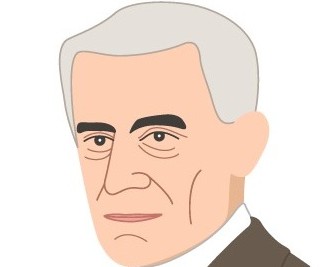
Ravel – Boléro
Maurice Ravel’s Boléro, premiered in 1928, is one of his most famous works and a landmark of 20th-century orchestral music. Built on nothing more than a single melody and an unchanging rhythm, it gradually develops into an overwhelming climax, symbolizing Ravel’s bold innovation.
Overview of the Piece
Inspired by the Spanish dance of the same name, Boléro begins with a steady snare drum rhythm that continues without interruption from start to finish. Over this pulse, the same melody is passed from one instrument group to another—woodwinds, brass, and strings—gradually expanding the texture until the full orchestra erupts in a powerful wave of sound.
Background of the Composition
The work was originally composed as a ballet for dancer Ida Rubinstein. Rather than writing a complex symphonic poem, Ravel envisioned an experiment: a piece that relied solely on repetition and orchestration to sustain interest. He deliberately avoided harmonic development, focusing instead on the timbral and dynamic progression that gives the piece its hypnotic power.
Modern Reception
Boléro has become a staple of orchestral repertoire worldwide and has transcended the concert hall to appear in films, commercials, and popular culture. Its unique sense of momentum and intensity makes it instantly recognizable even to those unfamiliar with classical music.
Ravel’s Boléro is a masterpiece that transforms simplicity into grandeur. Through a single rhythm and melody, Ravel created one of the most unforgettable works of the 20th century—an enduring piece that continues to fascinate and inspire audiences across generations.
More than 100 million songs in CD quality. 7 million in better-than-CD sound.
🎧 Start your free trial with Amazon Music Unlimited now!

